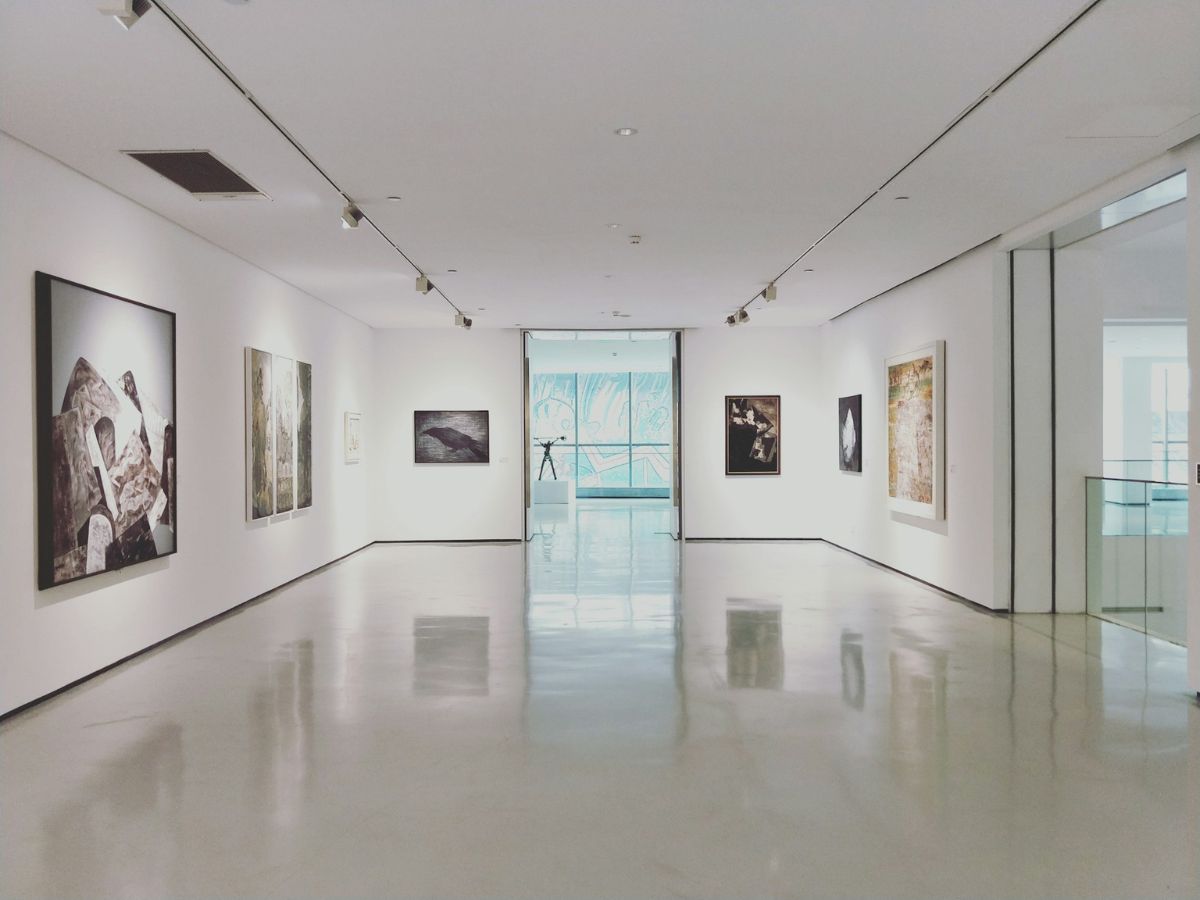
4 Strategies to Combat Art Theft and Plagiarism
Art theft and plagiarism are significant issues that plague the art community. Whether you’re an amateur or a professional painter, the unauthorized use of your work can be both disheartening and financially damaging.
According to the Federal Bureau of Investigation (FBI), the global art theft industry is worth approximately $4 billion to $6 billion annually. This staggering statistic highlights the urgent need for artists to take measures to protect their work. Here, we discuss several strategies artists can employ to safeguard their creations.
1. Copyright and Legal Protection
One of the most effective ways to protect your art is through legal means. Copyright laws are designed to give creators exclusive rights to their works. By registering your artwork with the relevant authorities, you can secure these rights and gain legal leverage if your work is stolen or plagiarized.
In the United States, the U.S. Copyright Office offers an online registration process that is straightforward and accessible. Having your work legally protected not only deters potential thieves but also provides you with a solid foundation to pursue legal action if necessary.
2. Digital Watermarking and Metadata
Today’s technology allows artists to share their artworks frequently and online and digital watermarking has become an essential tool. A digital watermark is a subtle mark or code embedded in the artwork that identifies the original creator. This can help prevent theft and help trace the origin of the artwork if it is stolen.
Also, incorporating metadata into your digital files can serve as another layer of protection. Metadata includes information such as the creator’s name, date of creation, and copyright details. Tools like Adobe Photoshop and Lightroom offer easy ways to add watermarks and metadata to your digital files.

3. Community and Network Building
Building a strong network within the art community can significantly help in protecting your work. Connecting with fellow artists through forums, social media, and local art groups creates a support system where members can alert each other about stolen works and offer advice on dealing with theft.
Platforms like DeviantArt and Behance are excellent for creating and participating in artist communities. A supportive network not only helps in identifying and reporting stolen artwork but also fosters a collaborative environment where artists can share their experiences and strategies for protection.
4. Vigilance and Monitoring
Don’t let your guard down when protecting your art. Regularly monitoring where and how your artwork is being used online can help you quickly identify and address any unauthorized use. Google’s Reverse Image Search and TinEye are powerful tools that allow you to search for instances of your artwork on the internet.
If you discover your work has been stolen, it’s important to act swiftly by contacting the offending party and requesting the removal of your work. If necessary, seek legal assistance to enforce your rights.
Final Thoughts
While art theft and plagiarism are daunting challenges, there are several strategies that artists can employ to safeguard their creations. Remain vigilant to better protect your work and ensure your creative efforts are respected. The art community must continue to raise awareness about these issues and support one another in the fight against art theft.